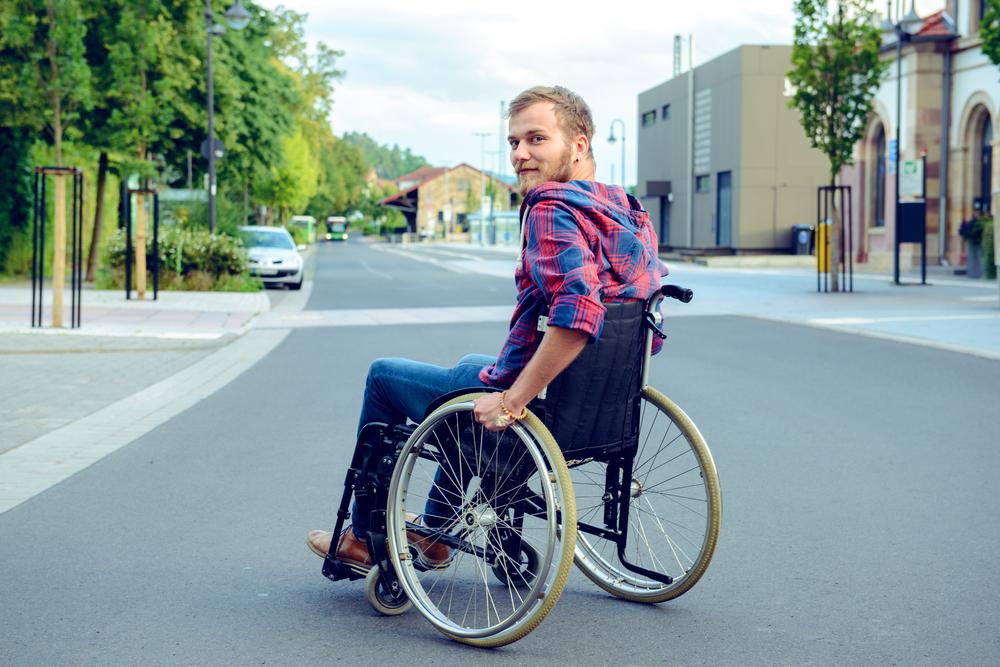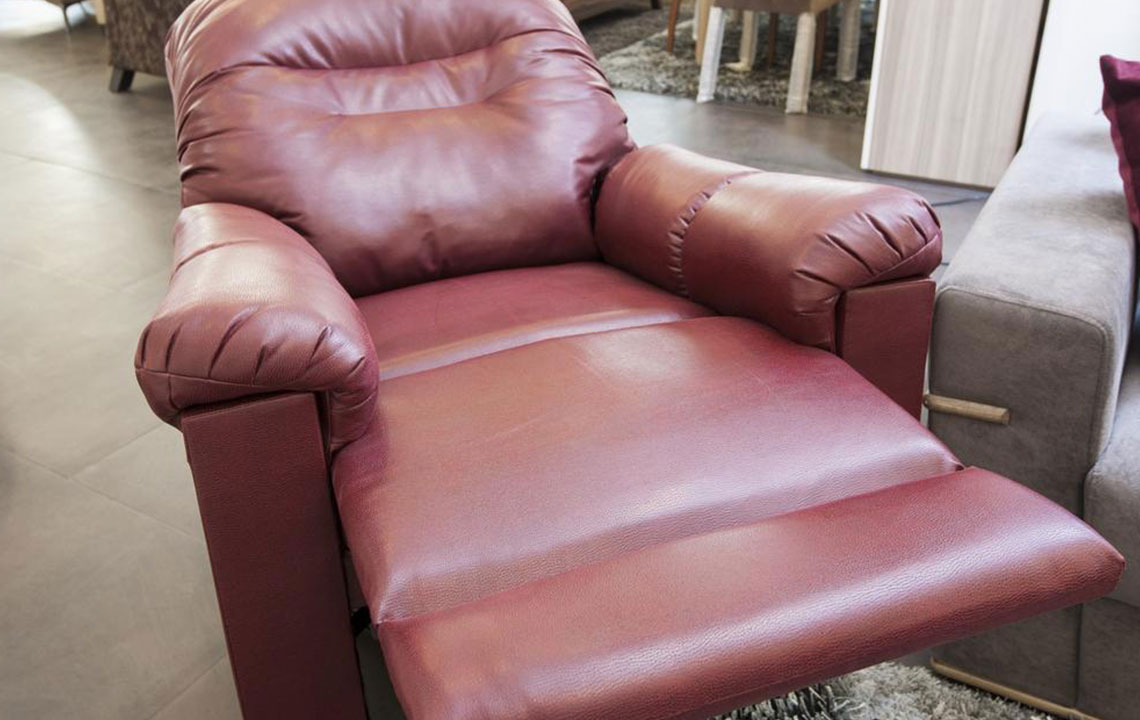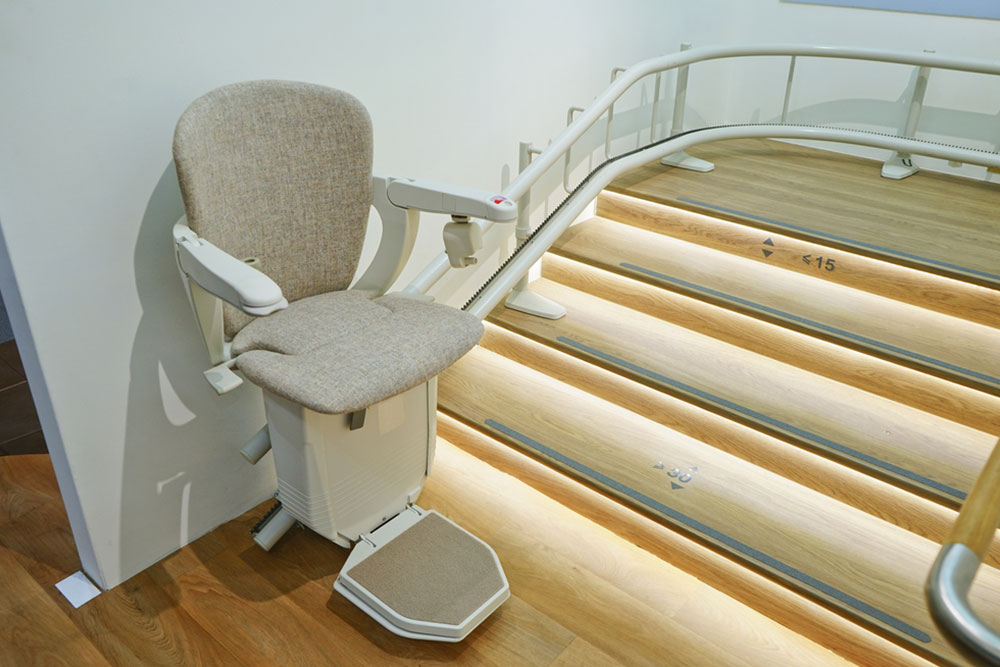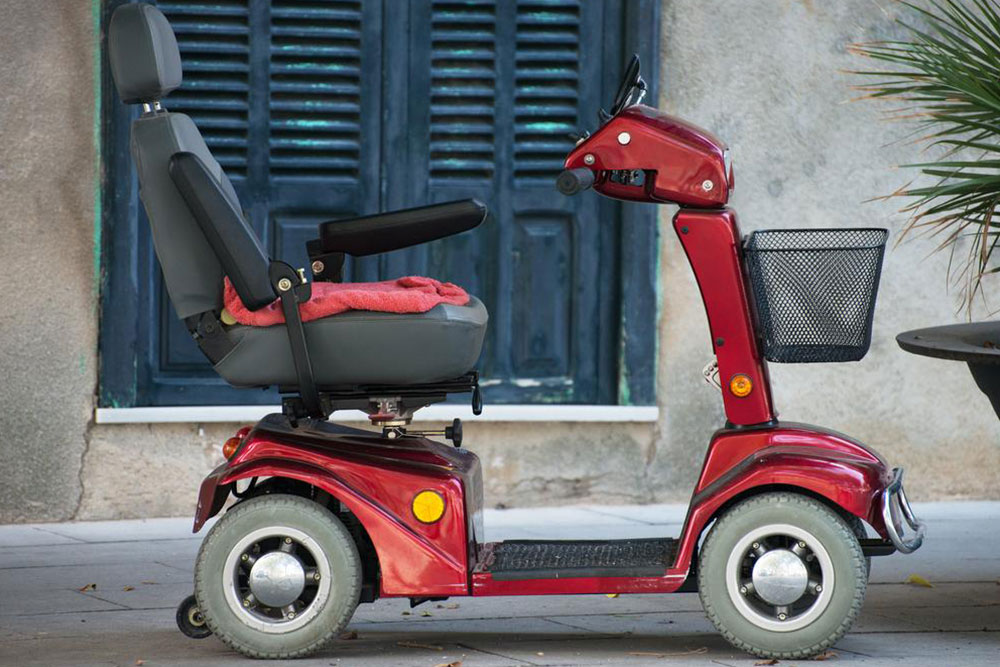Comprehensive Guide to Powered Wheelchairs: Types and Benefits for Improved Mobility
Discover the comprehensive guide to various types of powered wheelchairs, including front-wheel, rear-wheel, and mid-wheel drive models. Learn how to select the right mobility device tailored to your needs, and explore how electric wheelchairs enhance independence. Perfect for seniors, disabled individuals, and those seeking enhanced mobility solutions, this detailed overview helps you make informed decisions for better movement and comfort. Improve quality of life with the right powered wheelchair designed for your specific environment and needs.

Comprehensive Guide to Powered Wheelchairs: Types and Benefits for Improved Mobility
For individuals experiencing limited mobility due to age, injury, or disability, maintaining independence can be challenging. Many rely on traditional manual wheelchairs, which, although effective, often require significant physical effort and may not provide the level of convenience needed for daily activities. Enter powered wheelchairs—advanced mobility devices engineered to enhance independence, offering users greater control, comfort, and ease of movement. These electrically powered mobility aids have seen widespread adoption in various settings, including private homes, healthcare facilities, and senior living communities, transforming the way people with mobility challenges navigate their environments.
Powered wheelchairs, also known as electric wheelchairs, utilize sophisticated motor systems powered by batteries, allowing users to move effortlessly with minimal physical input. Controlled via user-friendly interfaces such as joysticks or other adaptive controls, these wheelchairs accommodate a broad range of mobility needs. Their design versatility ensures that users can select a model that best fits their personal requirements, physical stature, and typical usage environment. Today, electric wheelchairs are more accessible and customizable than ever, providing tailored solutions for enhanced mobility and quality of life.
Understanding the different types of powered wheelchairs is crucial to choosing the right model. Each type is engineered to optimize specific movement functions and environmental navigation, making it essential to consider factors like terrain, indoor vs. outdoor use, user stability, and physical capacity. Here, we explore the main categories of powered wheelchairs, detailing their features, advantages, and ideal use cases.
Front-Wheel Drive Powerchairs - These models are characterized by drive wheels positioned at the front of the wheelchair. This configuration offers superior stability and maneuverability, especially on uneven surfaces such as grass, gravel, or rough terrains. The front-wheel drive design allows for smoother navigation over obstacles and provides enhanced turning capabilities, making it suitable for outdoor use and environments where terrain varies. Many users prefer this type for its stability, especially if they frequently travel outdoors or uneven pathways.
Rear-Wheel Drive Powerchairs - As one of the traditional and most common configurations, rear-wheel drive wheelchairs feature the drive wheels positioned at the back. These models are favored for their excellent stability at higher speeds and ability to handle diverse terrains, including steep inclines. They often offer more power and speed, making them suitable for users who need a wheelchair for active outdoor pursuits or longer distances. Rear-wheel drive wheelchairs also tend to have a smooth ride, enhancing comfort for the user.
Mid-Wheel Drive Powerchairs - These wheelchairs have the drive wheel located centrally beneath the user, mimicking natural foot placement and center of gravity. This design offers exceptional maneuverability, especially indoors, where tight turns and narrow spaces are common. Mid-wheel drive models enable users to navigate confined spaces easily, making them ideal for home environments and small indoor facilities. However, their design can sometimes limit performance on uneven or rough outdoor terrains, as the central drive wheels may struggle to handle obstacles like curbs or gravel.
When choosing an electric wheelchair, it’s imperative to consider various key factors. The user’s physical attributes, such as height, weight, and strength, influence the choice of motor strength, seat size, and control interface. Comfort is also a vital aspect; adjustable features like seat padding, armrests, and footrests can significantly affect user satisfaction. Safety features, including anti-tip wheels, brakes, and responsive controls, are essential for preventing accidents and ensuring stability.
Consulting healthcare professionals, such as physiotherapists or mobility specialists, can provide personalized recommendations based on the user's specific needs. Proper fitting and customization are critical to maximize the benefits of a powered wheelchair, ensuring the device not only facilitates mobility but also promotes comfort, safety, and independence.
In addition to technical specifications, users should consider battery life, ease of maintenance, portability, and cost. Advances in battery technology have extended travel range, allowing users to go further without recharge. Foldable models or those with removable batteries increase convenience for travel and storage. The investment in a powered wheelchair represents a significant step toward greater independence, so careful selection based on comprehensive understanding is essential for long-term satisfaction.
Overall, powered wheelchairs offer versatile solutions for individuals with mobility impairments, empowering them to lead more active and autonomous lives. With a variety of options tailored to different needs and environments, users can find the perfect match that enhances their daily mobility and quality of life.





